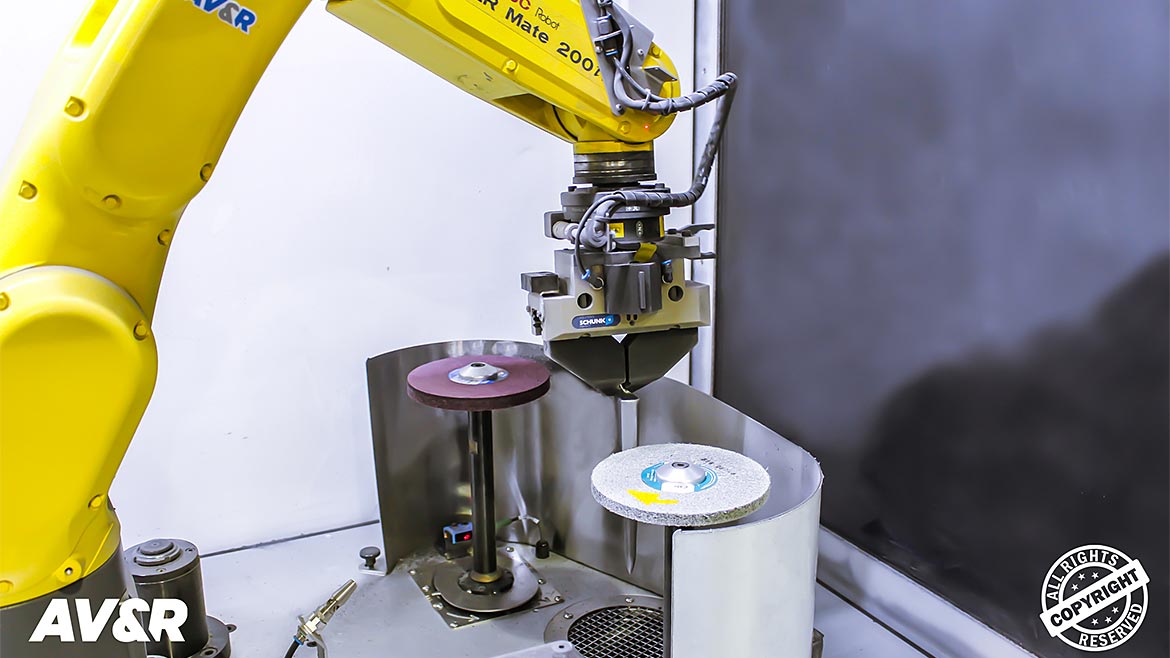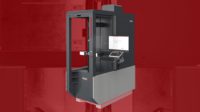Automation helps move skilled workers from repetitive tasks to more important roles, experts say. It’s essential to train them to use these new technologies properly.
“The primary benefit derived from automation lies in transitioning high-value employees seamlessly from more repetitive tasks and enabling them to undertake more versatile and value-enhancing tasks,” says John Rosenberger, director, iWarehouse Gateway & Global Telematics, The Raymond Corporation. “This is why is it key to implement training and continuous education programs to empower the workforce to leverage these new technologies effectively.”
Michael Muldoon, AV&R’s sales and business development director, says that manufacturing facilities can see large gains in overall efficiency by automating material handling and traceability.

“I’ve seen facilities that have had 25-35% gains because the automation effectively eliminates any waiting times at an operation,” Muldoon says. “As soon as a piece of equipment or workstation is available to perform a task you want to also have the material available at that station. When you start adding traceability on top of the material handling it allows you to have a richer data set of what is happening along each step allowing process engineers to prioritize quality and efficiency gains that will have the highest impact on their organization.”
Mark Bessler, business manager, custom gauging solutions, MSI-Viking, says that collaborative robots, working along with people, are making manufacturing more productive than those without them.
“This reduces cost and improves the quality of producing parts,” he says. “Inspection data, coupled with traceability data, provide manufacturers with very powerful tools to understand and improve processes.”
Automation in materials handling provides real-time data from sensors monitoring equipment and staff performance.
“For instance, sensors on equipment can continuously monitor both equipment and personnel utilization and efficiency within the very dynamic and wide-ranging environments associated with materials handling, so your operation’s really performing as you expected,” Rosenberger says.
This data is used in quality control software to quickly correct errors or inefficiencies, ensuring better product quality and smoother processes.
There are several ways different systems can talk together, Muldoon says.
Quality 101
“With many platforms being browser based and companies who develop the systems implementing a decent API, it is very common now to be able to share data among systems,” he explains. “The more systems you have, the more complicated it can be to ensure the data is flowing without interruption. It can save an organization a lot of time and money to have a big-picture data strategy and look to consolidate QA systems when possible, to allow easier access to the data across a wider audience. The data is only useful when it provides insights to the people who are performing the work.”
The most important part of automating a measurement system is defining the appropriate measuring technology or technologies for the job at hand, Bessler says.
“Many times, multiple measurement devices are required to perform all required inspections,” he explains. “Robots are used to clean parts and then move the parts through the inspection process. Collaborative robots are well suited for this process. Integrating SPC software can be used to control product quality and optimize processes.”



